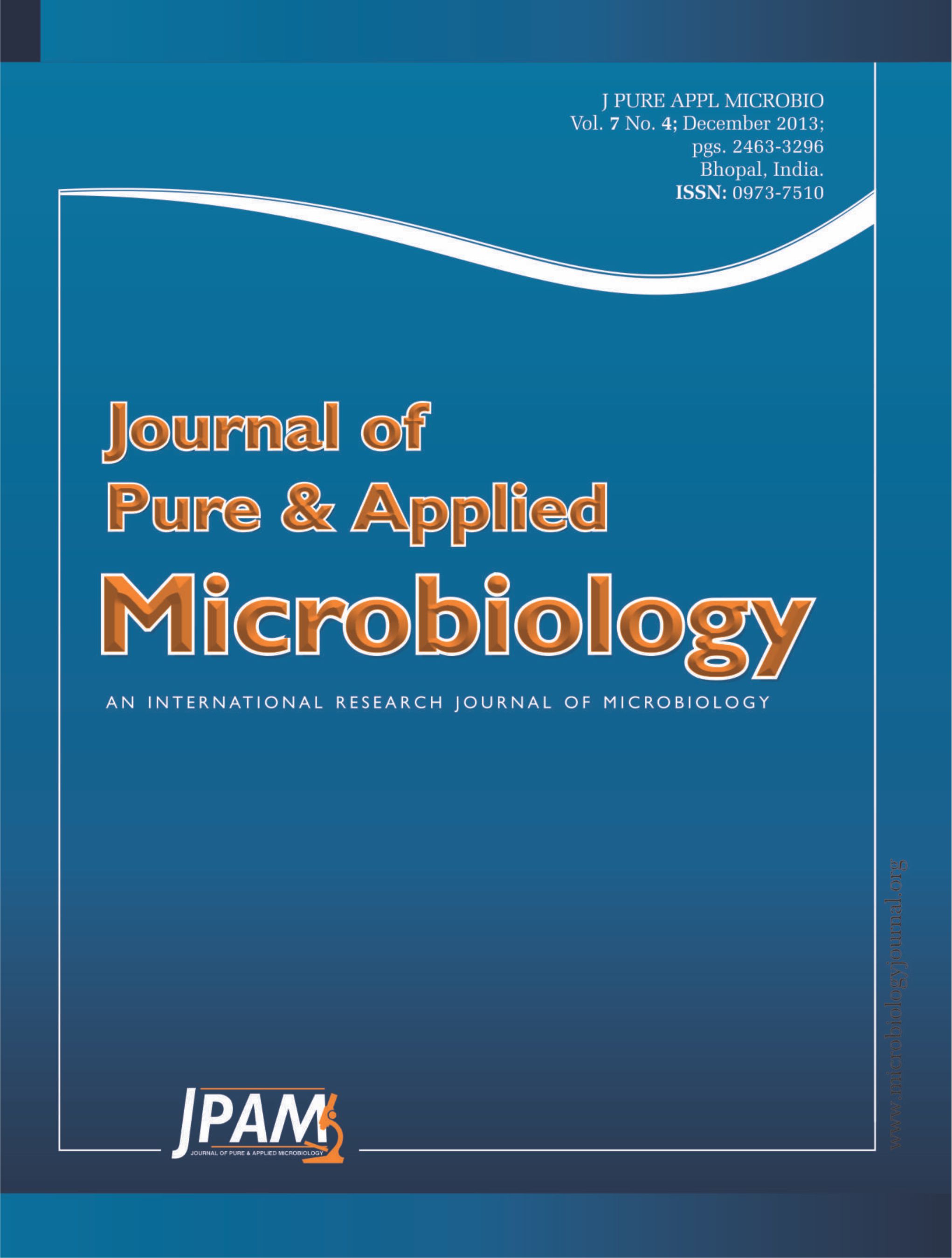An indigenous biosurfactant-producing bacterium with effective fluoranthene-degrading ability was isolated from crude oil-contaminated soil, which was identified as Rhodococcus baikonurensis BAP-1. Michaelis-Menten equation was used to characterize the degradation kinetics, and the present investigation examines the effect of pH and temperature on fluoranthene biodegradation kinetics. Contact time, temperature, pH, salinity, and inoculum level were used as independence variables to optimize the degradation process.25 full factorial, central composite design together with response surface methodology (RSM) was used to determine the optimize experiments conditions of these parameters. Under optimum condition, Rhodococcus sp. BAP-1 exhibited 63.56% fluoranthene. Correlation coefficient (R2=0.976, p<0.01) indicated that empiric second-order polynomial model was adequate to predict. Meanwhile, lower temperature would decrease the activity of Rhodococcus sp. BAP-1 and cause lower biodegradation efficiency. Rhodococcus sp. BAP-1 would be more efficiency in biodegradation of fluoranthene under alkaline conditions. Hence, these results have significant implications be used to the bioremediationof PAHs contaminated environments.
Rhodococcus sp.BAP-1, fluoranthene, biodegradation, pH, temperature, optimization
© The Author(s) 2013. Open Access. This article is distributed under the terms of the Creative Commons Attribution 4.0 International License which permits unrestricted use, sharing, distribution, and reproduction in any medium, provided you give appropriate credit to the original author(s) and the source, provide a link to the Creative Commons license, and indicate if changes were made.


